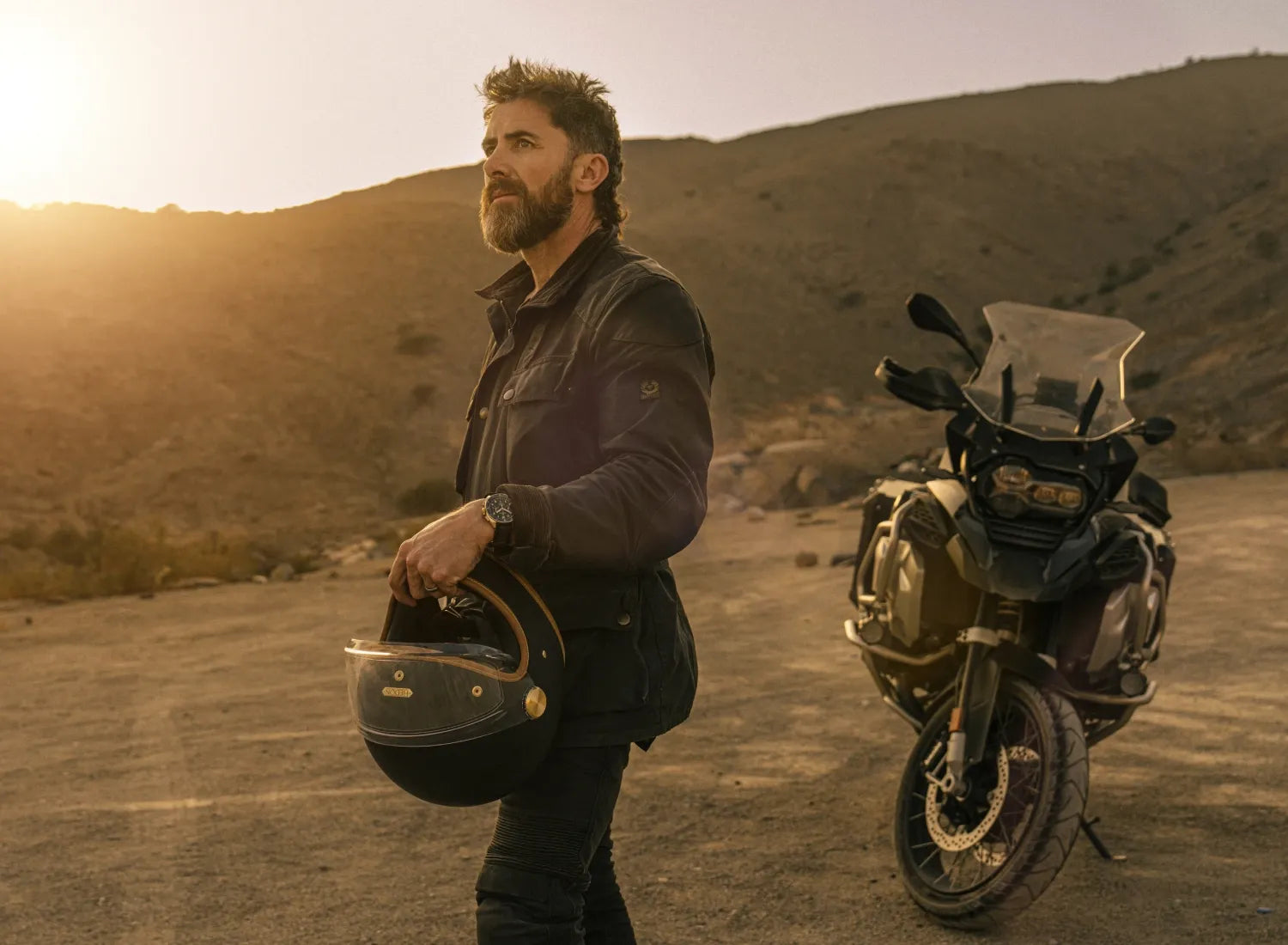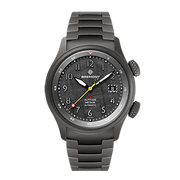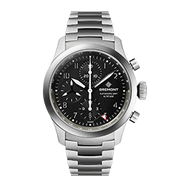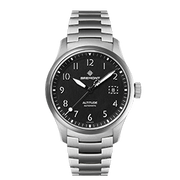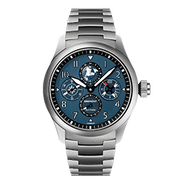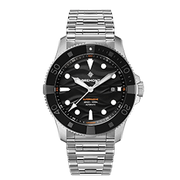Bremont in collaboration with Sony Pictures, teamed up with comic artist and aviation enthusiast, Adi Granov to paint the Bremont Broussard, the brand’s former 1950’s French military aircraft. Inspired by the iconic shark teeth design seen on the WWII fighters, Adi unleashed Venom on the nose of the Broussard and dramatically changed the look of the aircraft.
Largely considered a military tradition, nose art painting began for practical reasons of identifying friendly aircraft. The practice then evolved to express the individuality of the planes, which was often considered a constraint due to the uniformed nature of the military. We turned to aviation artist and nose-art historian Gary Velasco to help us delve into the history of nose art and understand how the Shark Tooth design became so iconic.

Gary, how did you become an aviation artist?
Short answer is... I hated my day job. Interest began when I got back into aviation and purchased aviation related magazines and books. I found the common theme was nose art and looked into this art in detail and to see if there was anyone re-creating replica nose art panels commercially. The answer was no, so, I had an "aha!" moment and started to design a few panels and sold through advertising in those magazines via mail order (the internet was just beginning then). One thing led to another and being persistent landed me a few big dealers.
My first real restoration paint job was an F4U Corsair on a pole at Sikorsky Memorial Airport. That led to the flying movie "MEMPHIS BELLE" B-17 in 1998 and from there I did more, along with the prestige of doing warbirds with my name on it which became flying billboard ads. People always gravitate to the nose art when taking photos which made sense to me. So now, after years of doing this and dozens of warbirds later, the owners come straight to me.
Can you give us a brief history of nose art?
There is no definitive documentation of when it began, however, photos of "decorated" planes started to appear in WWI in both Axis and Ally fighters. Insignia and ominous designs like pirate flags were meant to strike fear when seen by their opponent due to the fact that it was close air combat at that time. In WWII, the designs got even more elaborate, especially on the USA side where scantily clad and nude pinups were painted based on the pinup calendars of the time and various other theatre magazines and periodicals. It continued into the Korean conflict albeit much bigger due to the b-29 bombers which had plenty of space for larger than life designs. Nose art saw a decline when Political Correctness took its toll and today, art is still being done, however, mostly as a decal or chalk and crayon so it can be easily removed. This is highly regulated and all designs must be approved through the proper channels and top brass. The female pinup form is now prohibited but privately-owned warbirds are not regulated and are at the discretion of its owner.
What nose art proved the most popular in WWII? Was there any particular style or character?
There were a whole host of popular designs. Cartoon characters like Disney's cast from Snow White and the 7 Dwarfs to Donald Duck. Vargas and Elvegren (just to name a couple) styled pinups were very popular coupled with a big band tune or a "tongue-in-cheek" double entendre title. The camaraderie vs rival competition was high.

Who were the artists? Were they pilots or professional artists?
Typically, they were the base sign painters that had the skill set needed, also working on the crew's A-2s and G-1 jackets on the side. The most Prolific were; Cpl. Tony Starcer (MEMPHIS BELLE fame), Don Allen (4th FG), Phil Brinkman (486th BG), Randall Spranger (B-29s) Hal Olsen (PB4Ys) and Al Merkling (B-24/F7s).
What can you tell us about the ‘shark-tooth’ nose art?
This was mostly copied and typical of just about every type of aircraft flown. Most notably made famous by the AVG Flying Tigers in the beginning of WWII due to their exploits and arguably single handedly stopping the Japanese from China invasion and takeover. Its ever more popular and iconic now!
What impact did the nose art have on pilots?
It played a major role in its morale! Having a "ship" they can call their own, taken into battle and returning home safe became ritualistic in cases. It was not just a piece of machinery, instrument of war, but personal "friend" that for a moment in their lives, became one with their crew mates. It had a name - and not just a serial number... she had a personality, quirkiness and mechanical issues. Most importantly, if you were the lucky ones, she brought you home.
Learn more about Gary Velasco on Facebook or visit his website to see his work.

Comic artist Adi Granov watched his artwork come to life as the re-designed Bremont Bus took to the skies.






